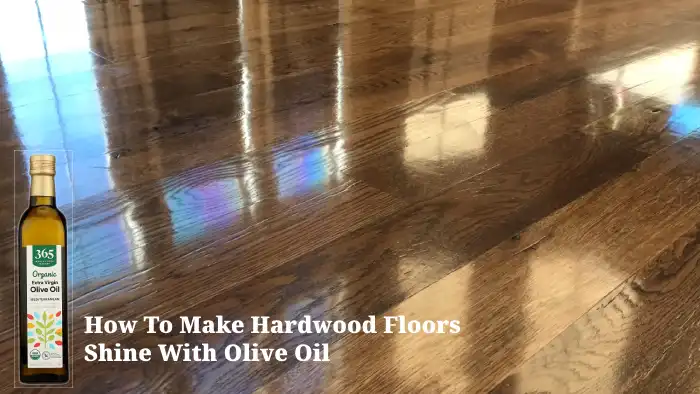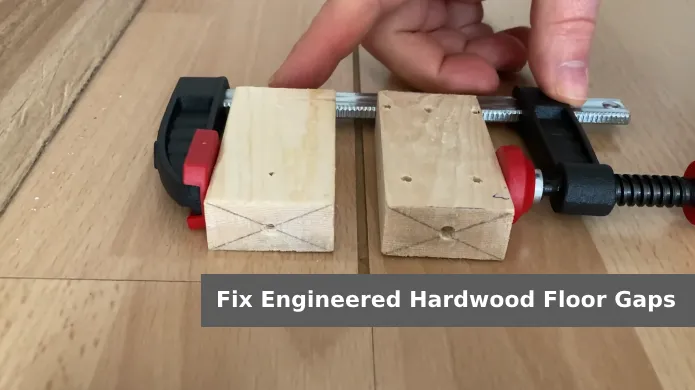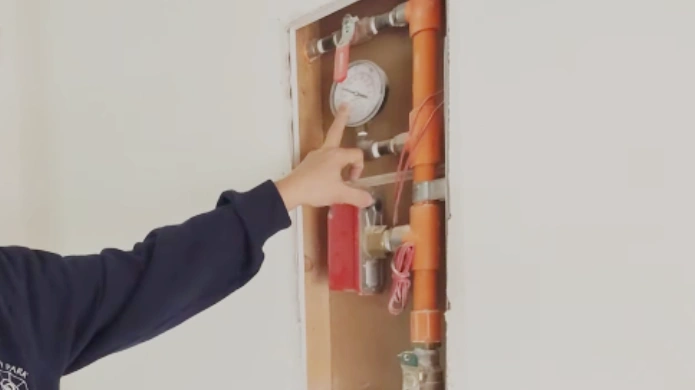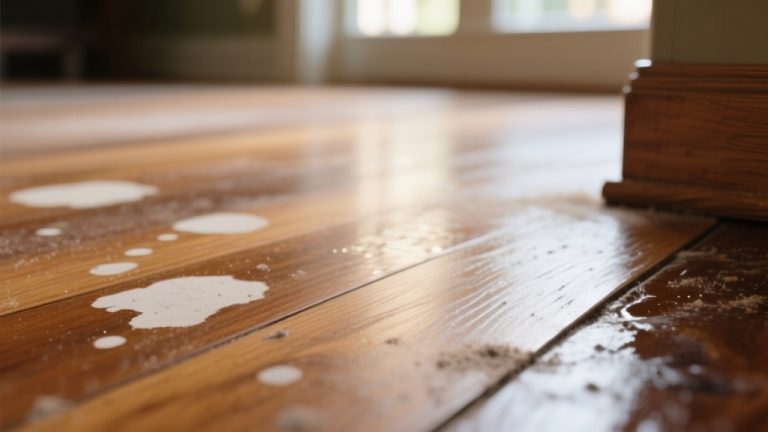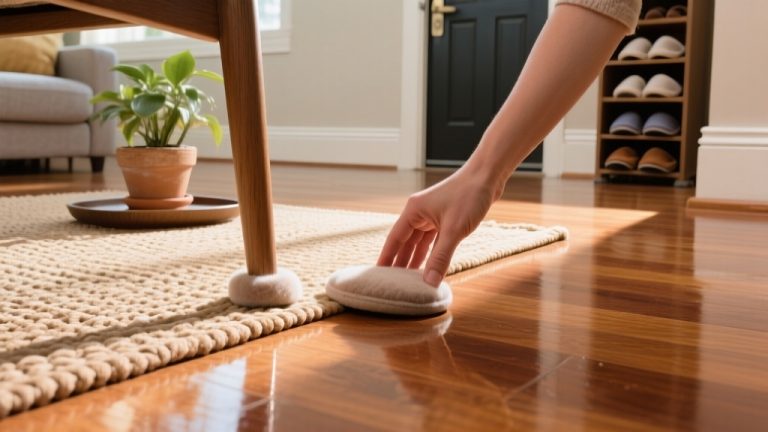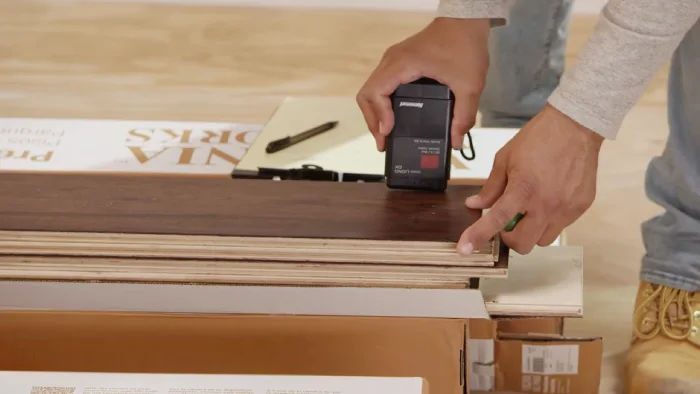How to Make Hardwood Floors Shine With Olive Oil: Easy 7 Steps
Fancy yourself a DIY expert, and you’re looking for a way to make your hardwood floors shine without breaking the bank. Well, look no further than your kitchen pantry. That’s right, the answer to your floor polishing woes may be as simple as a bottle of olive oil.
Now, we know what you’re thinking. ‘Olive oil? On my hardwood floors? Are you crazy?’
But trust us, this unlikely solution has been used for generations and is still a favorite among cleaning enthusiasts today. Prepare the cleaning solution by mixing olive oil with white vinegar in a spray bottle. After that, sweep or vacuum the floor to remove any debris or dirt.
Then, apply the olive oil solution to the hardwood surface and use a soft cloth to polish the floors. And wipe away any excess oil to avoid leaving a residue on the surface.
It is a natural and affordable alternative to commercial floor polishes and a great way to add a subtle shine and protective layer to your floors. Let’s clarify these step-by-step instructions.
Steps on How Do You Make Hardwood Floors Shine with Olive Oil
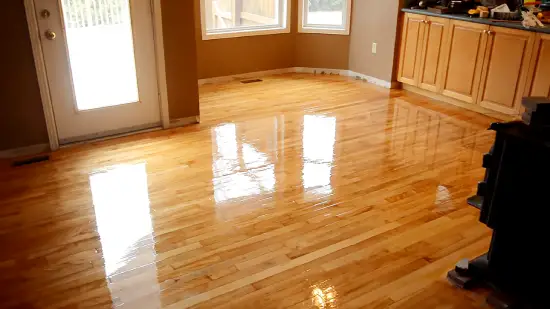
If you want to make your hardwood floors shine with olive oil, follow these simple steps. With these easy steps, you can restore your hardwood floors’ natural shine and beauty.
- Step 01: Prepare the cleaning solution
- Step 02: Sweep or vacuum the floor
- Step 03: Apply the olive oil solution
- Step 04: Polish the floors
- Step 05: Wipe away excess oil
- Step 06: Allow the floor to dry
- Step 07: Buff if desired
Step 01: Prepare the Cleaning Solution
Mix up a batch of cleaning solution by combining 1/4 cup of olive oil, 1/3 cup of white vinegar, and a few teaspoons of lemon juice or essential oil for a refreshing scent.
The olive oil will help to condition and protect your hardwood floors, while the white vinegar will help to remove any dirt or grime that may be stuck on the surface.
The lemon juice or essential oil will add a fresh scent to your cleaning solution, leaving your floors smelling clean and rejuvenated.
To make the cleaning solution, start by pouring 1/4 cup of olive oil into a bucket or spray bottle. Next, add 1/3 cup of white vinegar to the mixture. To finish, add a drop or two of lemon juice or essential oil according to your liking. Mix the ingredients together well before applying the solution to your hardwood floors.
Step 02: Sweep or Vacuum the Floor
Before you apply the olive oil mixture, it’s important to sweep or vacuum the floor to ensure that it’s free from any dust, dirt, or debris. This is because any particles left on the surface can scratch the floor when you apply the solution. To properly clean the floor, you can follow these steps:
| Steps | Details |
| 1. | Remove any furniture or objects from the floor. This will give you more space to clean and prevent any obstruction. |
| 2. | Use a broom or vacuum cleaner to thoroughly clean the surface. Make sure to get into all the corners and edges of the room. |
| 3. | Use a damp mop with a mild cleaning solution for a more thorough clean. This will help remove any stubborn grime or dirt. |
| 4. | Allow the floor to dry completely before applying the olive oil mixture. This will ensure that the solution can properly penetrate the wood and give it a shiny finish. |
Step 03: Apply the Olive Oil Solution
Starting at the farthest corner of the room, rub the solution gently into the floor in a circular motion. Be sure to cover every inch of the floor, including the edges and corners.
Step 04: Polish the Floors
Work in small sections on the floors while buffing them in a circular motion. Apply light pressure. You can use a hardwood floor polish to achieve an even more polished look. Apply the polish according to the manufacturer’s instructions using a clean mop or applicator.
Step 05: Wipe Away Excess Oil
To achieve a velvety smooth finish, you’ll want to wipe away any excess oil from your wooden floors with a clean, dry cloth, leaving behind a surface as sleek as a freshly polished mirror. This is a crucial step in the process of making your hardwood floors shine with olive oil.
If you skip this step, you risk leaving behind a sticky residue that can attract dirt and dust, making your floors look dull and dirty over time. Also, be sure to apply gentle pressure as you wipe, taking care not to rub too hard or too aggressively.
Step 06: Allow the Floor to Dry
Once the excess oil has been wiped away with a dry cloth, it’s important to let the hardwood floor air dry completely before walking on it or placing any furniture back. This may seem like a tedious process, but it’s crucial to achieving that beautiful shine you desire.
Here are some reasons why you should resist the urge to rush the drying process:
- Allowing the floor to dry completely ensures that the oil has properly absorbed into the wood. This helps to protect the wood from damage and warping caused by moisture.
- Walking on the floor too soon can cause footprints and smudges that are difficult to remove. It’s best to wait until the floor is completely dry before walking on it.
- Placing furniture back too soon can also cause damage to the floor. The weight of the furniture can leave dents or scratches in the newly oiled surface. Waiting for the floor to dry completely will prevent this from happening.
Step 07: Buff if Desired
Feel free to buff your new glossy wood floors with a clean cloth or floor buffer for a fancier finish, giving them a final touch of shine and sparkle.
Once the hardwood floor has fully dried, take your chosen tool and gently buff the surface in circular motions. This step is crucial in enhancing the luster and overall shine of your flooring, making it look its best.
Be careful not to overdo it when buffing, as excessive pressure can damage the finish and create scratches. A light touch is all that’s needed to achieve the desired effect.
Can I use olive oil on all types of hardwood floors?
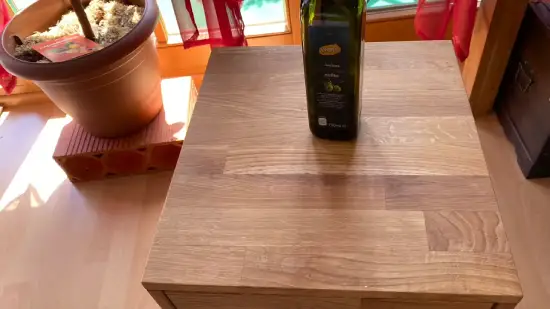
You can use olive oil on most hardwood floors, but it’s important to test a small area first to ensure it’s compatible with your specific type of wood. Here are some things to keep in mind:
- Sealed or finished wood surfaces are generally safe to use olive oil on.
- Unsealed or unfinished wood may absorb too much oil, causing discoloration and damage.
- Hardwoods such as oak, maple, and cherry are typically compatible with olive oil.
- Softer woods like pine or birch may not respond well to olive oil and may require a different type of treatment.
Remember, a little goes a long way, so use sparingly and buff if desired for an extra shine.
How often should I apply olive oil to my hardwood floors?
Maintaining the shine and hydration of your hardwood floors with olive oil is a matter of frequency. Factors to take into account include foot traffic and the condition of your floors.
Generally, it’s recommended to apply olive oil every few months or as needed to keep your floors looking their best.
If your hardwood floors are in an area with high foot traffic, you may need to apply olive oil more frequently to keep them looking shiny and hydrated. Also, if your floors are in poor condition, use olive oil more often to restore their shine and beauty.
Will using olive oil make my hardwood floors slippery?
When used properly and in moderation, olive oil shouldn’t leave a slick surface on your beautiful hardwoods. Here are some tips to ensure that your floors stay safe and slip-free:
- Use a clean, soft cloth to apply the olive oil onto your hardwood floors. This will help prevent over-saturating the surface with oil.
- Wipe off any excess oil immediately after applying it. This will prevent the oil from building up and potentially cause accidents due to floors slippery.
- Use olive oil sparingly. A little goes a long way when it comes to hardwood floors. Using too much can cause a buildup of oil that can be difficult to remove.
- Avoid using olive oil on floors that are already slippery or have a wax coating. This can make your floors even more slippery and potentially dangerous.
Unlock the Natural Shine of Hardwood Floors with Olive Oil
Using olive oil on hardwood floors is a cost-effective and natural way to achieve a beautiful shine. But it’s crucial to remember that not all types of hardwood floors can handle olive oil, especially coated ones. Overusing olive oil can cause a buildup of residue and a slippery surface.
Therefore, it’s important to use it with caution and only as needed. Ultimately, olive oil is an excellent option if you’re looking for an affordable and eco-friendly alternative to commercial floor cleaners. Just remember to follow the suggested steps and use them sparingly for optimal results.

